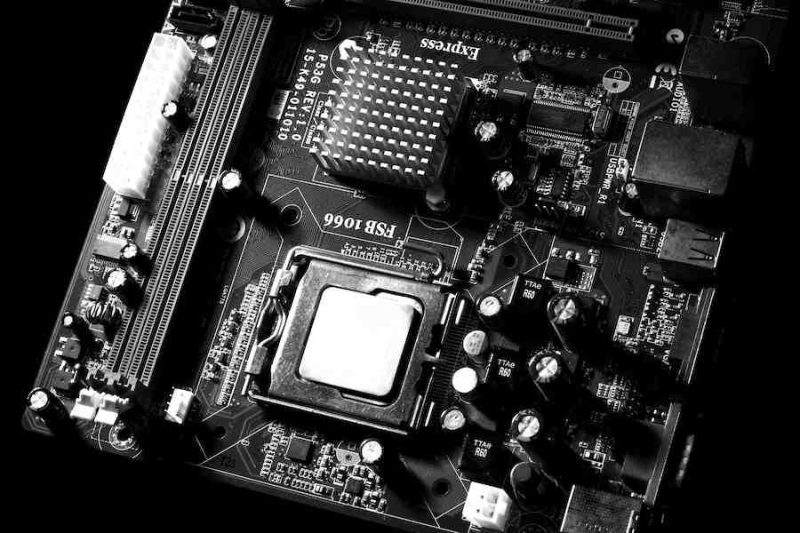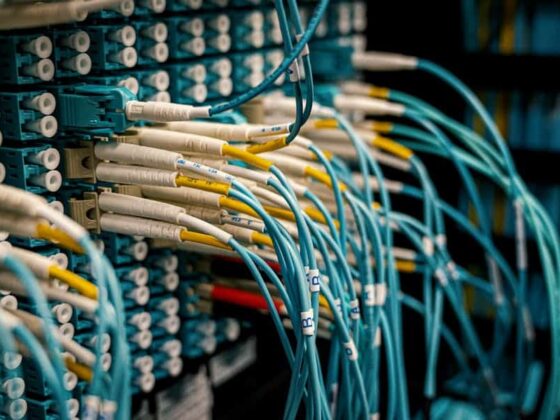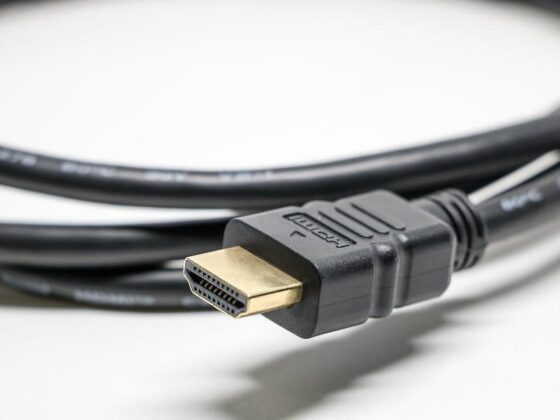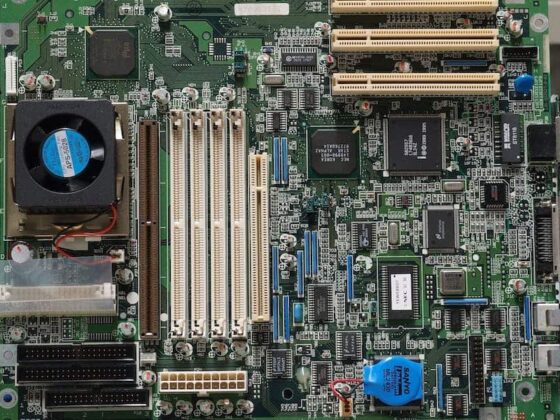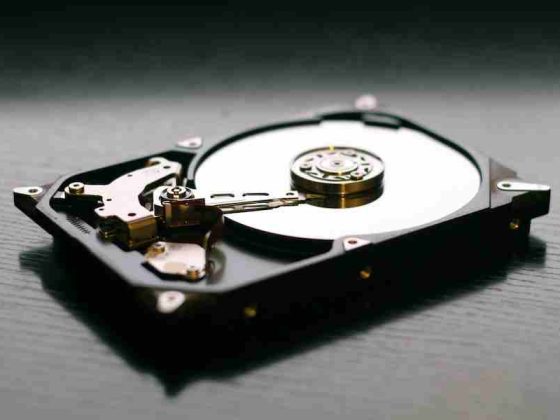Overclocking a computer component is when you adjust its performance to operate at a higher frequency or speed than it was originally designed to do. Overclocking your CPU, memory, graphics card, or motherboard can help squeeze more performance out of your computer. There are risks with overclocking your system, though, and not all motherboards can be overclocked. Read on for how to tell if a motherboard can overclock and how you can check if yours does.
How To Tell If A Motherboard Can Overclock
- The motherboard manufacturer’s website should have a page dedicated to overclocking.
- The motherboard manufacturer’s website should also have a page dedicated to telling you what kind of components it supports. If the motherboard doesn’t list any components, it cannot be overclocked.
- A motherboard that can be overclocked must support all the components and features that you want to overclock. You must know what your computer is capable of before installing an overclockable component or feature on your system.
- An overclockable component or feature means that you can adjust the component’s or feature’s frequency or speed without causing damage to the component or feature (and without risking voiding your warranty). If you go too far, though, and cause damage (or risk voiding your warranty) then the component will no longer work, even if it was compatible with an overclock before the damage occurred.
- To check if a component is compatible with an overclock, you must know the component’s or feature’s frequency or speed and compare it to the motherboard manufacturer’s recommended frequency or speed. If the component or feature is within 5% of the recommended frequency or speed, then it should be able to overclock without causing damage.
- If you do not know what your components are capable of, you can contact your motherboard manufacturer for support with overclocking. Your motherboard manufacturer will let you know if your components can be overclocked and what their recommended speeds and frequencies are.
- Some components (like memory) cannot be overclocked at all because they run at very low speeds when they’re not being used by your system (for example, when you’re not playing a game). You can’t overclock them because they won’t work at higher speeds anyway.
Check The Motherboard’s Specification
- Check the motherboard’s specification for its maximum CPU frequency. This is the processor’s highest speed that it can run at. If your motherboard has a locked CPU frequency that does not exceed the listed maximum, then it will not be able to overclock.
- Check the motherboard’s specification for its maximum RAM frequency. This is the memory modules’ highest speed that they can run. If your motherboard has a locked RAM frequency that does not exceed the listed maximum, then it will not be able to overclock.
- Check if there are any other components on your motherboard with a list of specifications for their highest frequencies or speeds that they can operate at. These components may be able to overclock, but often times you will see them listed as “locked” (unable to be overclocked). Examples include graphics cards, audio cards, and network cards (if there are any). If you have one of these components on your motherboard and it is marked as “locked,” you will not be able to overclock your system.
- Check the motherboard’s specifications for its maximum TDP (Thermal Design Power). This is the maximum amount of power the motherboard can draw from its 12V and 5V power supplies. If your motherboard has a locked TDP that does not exceed the listed maximum, then it will not be able to overclock.
- Check if any of the components on your motherboard are marked as “unlocked” (able to be overclocked). Examples include USB 3.0 ports, SATA ports, and PCI-E slots (if there are any). If you have one of these components on your motherboard and it is marked as “unlocked,” you will be able to overclock your system.
Use CPUZ To Double-Check
- Open CPU-Z.
- Look at the CPU frequency listed under the ‘Total Processor’ section.
- Check to see if it is showing a frequency of 2500 MHz or greater, and check the ‘Overclocking’ section to make sure it’s enabled. If so, you can be sure your motherboard is capable of overclocking!
Run A Stability Test
- First, you need a way to overclock your motherboard.
- You also need a stability test program.
- You need to know how to run the stability test program and how to interpret the results.
- Finally, you need to know what the stability test program is measuring.
Use A Third Party Program To Confirm
- If you don’t have a motherboard that can be overclocked, then you’ll need to start with the one that can. While most motherboards are designed to work with a specific CPU and GPU, there are some manufacturers who intentionally leave certain features out. This means that your motherboard may not be able to run at the same speeds as others or may not support overclocking at all.
- Some manufacturers have been known to overclock their boards without informing customers about them. The best way to know for sure if your board can overclock is to use a third-party program like CPU-Z or GPU-Z. These programs will show you what kind of processor your motherboard has, as well as its clock speeds and memory speed. They will also show you how much voltage is being used by the processor and how much power it’s drawing from the motherboard.
- If your motherboard has a processor that’s been overclocked, then it will be listed in the BIOS as an overclocked processor. You can also look for the so-called “OC” sticker, which will show up on your motherboard’s packaging.
- If you don’t have a motherboard that can be overclocked, then you’ll need to start with the one that can. While most motherboards are designed to work with a specific CPU and GPU, there are some manufacturers who intentionally leave certain features out. This means that your motherboard may not be able to run at the same speeds as others or may not support overclocking at all.
Conclusion
Overclocking a motherboard is when you adjust its performance to operate at a higher frequency or speed than it was originally designed to do. You can overclock your CPU, memory, graphics card, or motherboard, and there are risks with overclocking your system. The first thing you’ll want to do is check the motherboard’s specifications to see if it can be overclocked. You can also look for keywords in the description, use CPUZ to double-check, run a stability test, or use a third-party program to confirm if your motherboard can be overclocked.


